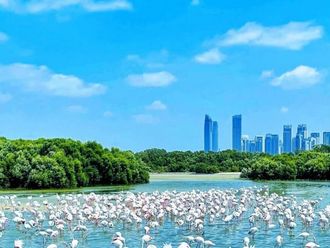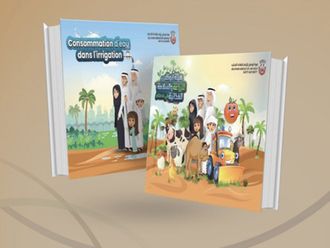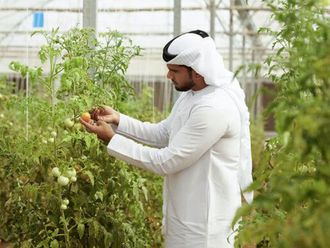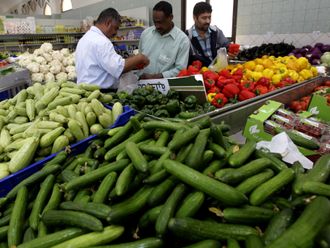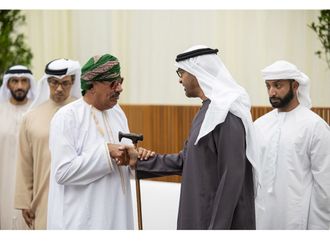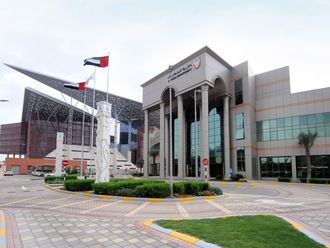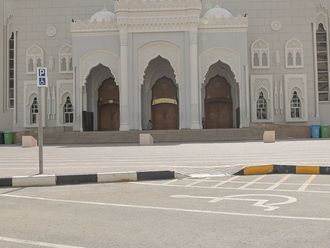Doha, Qatar
The UAE plans to invest in Carbon Capture and Storage (CCS) to use carbon dioxide for oil extraction, to both protect the environment and prepare for a time when oil levels get lower in the country.
Arafat Al Yafei, Manager of Carbon Dioxide/Nitrogen Development Section at ADNOC Exploration & Production Directorate spoke about ADNOC’s pilot CCS project that started in 2009- 2011 in Al Rumeitha.
Al Yafei spoke at the sidelines of the UN Climate talks COP18, titled “Carbon Capture and Storage Opportunities in the GCC region”, which was organised by ClimateNet e.V. and the Government of Qatar.
CCS is the process of collecting waste carbon dioxide from places where it is heavily produced as a byproduct, such as fossil-fuelled power plants.
This is then stored elsewhere – usually underground - to reduce and prevent carbon dioxide from entering the atmosphere.
The importance of reducing carbon emissions continues to be an issue of significant importance.
Dr Ali A. Al Meshari, General Supervisor of Reverse Management at Saudi Aramco, said that Injecting carbon dioxide into oil reservoirs is a type of Enhanced Oil Recovery (EOR) methods. EOR is used when the oil does not flow as easily out of the reservoirs, which happen in older reservoirs.
He added that oil reservoirs in the region are still relatively new, and do not need EOS. However he said that we should plan for the future, as the field of CCS is fairly new.
Both Al Meshari and Al Yafei emphasized that CCG, is one of the best ways to help protect the environment as well as meeting the increasing demand of oil and energy.
Al Yafei said that to ensure the success of CCS, knowledge must be shared, “the lack of expertise can be overcome by sharing information in forums like this,” he said. He added that they should study CCS so when the need arises to use it for oil recovery, the data will be available.
He explained that when carbon dioxide is pumped into an oil reservoir, about 40 per cent of the carbon dioxide gets stored in the reservoir.
The high price of Carbon dioxide capturing is one of the biggest challenges of the process, Al Yafei explained.
“It is hard to convince stakeholders to invest in EOR when the wells are still full and immature.” Al Yafei said.
Al Meshari said that oil prices need to be high so that it would be lucrative for producers to invest in this expensive process.
Another issue that must be kept in mind, Al Meshari said, is that they have to make sure that the carbon dioxide pumped does not resurface from the depleted reservoirs and that if it does, then create a mechanism to control it.
The Abu Dhabi recipe for success, Al Yafei said was the leadership’s vision and strategy, having a clear road map of the project, working together and securing carbon dioxide.
Al Yafei said that ADNOC has a planned a Carbon dioxide conversion project in Al Rumeitha in 2015, A carbon dioxide project in Bab in 2015 and in Bu Hasa in 2018 and an offshore carbon dioxide project in LZ in 2020.
The plan includes creating pipes that connect the source of carbon dioxide to the reservoirs.


